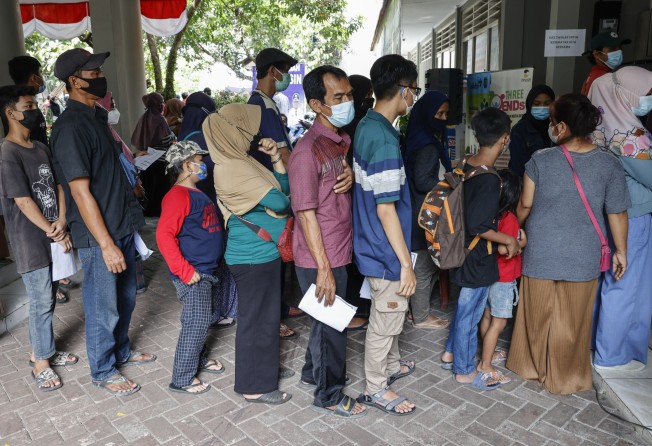
Asean wants to build regional health resilience. Will it happen?
- A new policy is aimed at putting member states on the same page regarding access to vital drugs and the development of pharmaceutical products
- But Asean is notorious for falling flat when it comes to executing its best-laid plans

In June, health and economic ministers of the Association of Southeast Asian Nations (Asean) came one step closer to establishing a common framework for the approval, distribution and potential development of pharmaceutical products across the bloc’s 10 member states.
The Asean Pharmaceutical Regulatory Policy (APRP) will cover vaccines, antidotes and other critical pharmaceutical products, and all activities related to development, testing, manufacturing and distribution. It will also allow Asean states to present a united front in negotiating with powerful multinational drug makers for access to life-saving medication.
“The APRP’s guiding principles on pharmaceutical regulation provide direction for future integration of the sector and are applicable to regulations across the entire life-cycle of pharmaceutical products to support the healthcare systems as well as to protect the health of populations in Asean,” the bloc said in a statement.

A common policy on pharmaceuticals is essential for the region, which was badly battered by the Covid-19 pandemic. The rapid spread of the coronavirus laid bare the limitations faced by many Asean nations in securing sufficient vaccine doses two-and-a-half years ago.
The lack of diplomatic and economic heft as individual nations meant that each held little sway in pushing for more equitable access to the vaccines, which were largely monopolised by developed Western economies in the earliest roll-outs.
Despite promises of guaranteed supplies, especially under the World Health Organization-backed Covax Facility, a sizeable portion was prioritised for developed nations that were willing – and able – to pay a significant premium for vaccines developed by major pharmaceutical firms like Pfizer and Moderna.
Distribution was eventually broadened to more regions and countries, but not before sustained pressure from emerging nations and international organisations including the United Nations and the WHO.
Most Asean nations today have achieved relatively high rates of fully-vaccinated individuals, with the exception of Myanmar, which is grappling with sustained civil unrest following a military coup in February last year.
Implementing a regional policy for pharmaceutical development and distribution is a natural step for Asean, especially looking at the disparate yet similar experiences of member states in securing the health of their citizens through Covid-19.
But Asean is also notorious for falling flat when it comes to executing its best-laid plans. Some examples include the uneven implementation of the Asean Free Trade Area and the subregional Brunei-Indonesia-Malaysia-Philippines East Asia Growth Area (BIMP-EAGA), which has been a non-starter despite decades of talks.
The challenge now is to make sure member states commit to setting aside competing interests to agree to and implement a sustainable framework, to better protect the region from future pandemics. The well-being and lives of 700 million people depend on it.